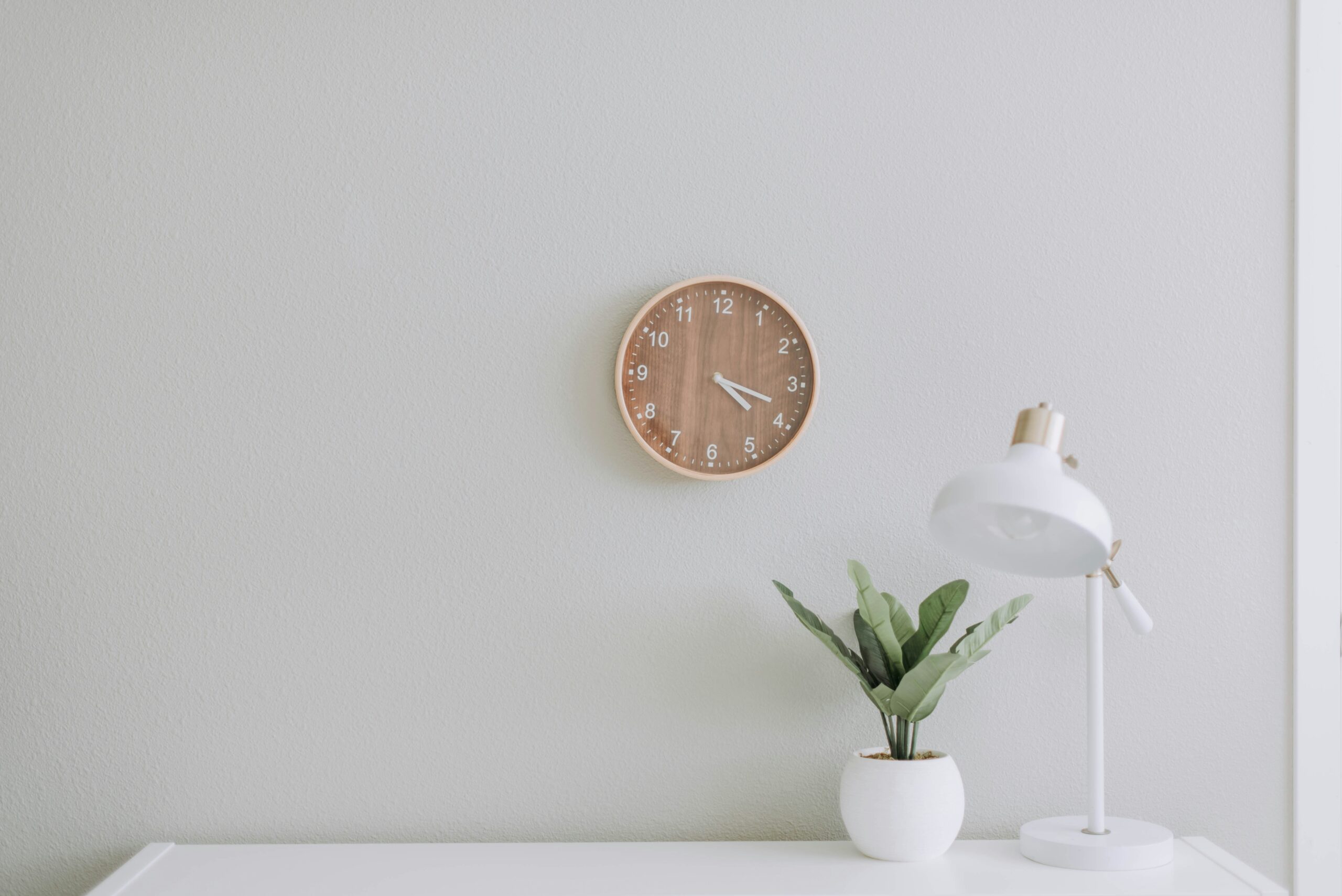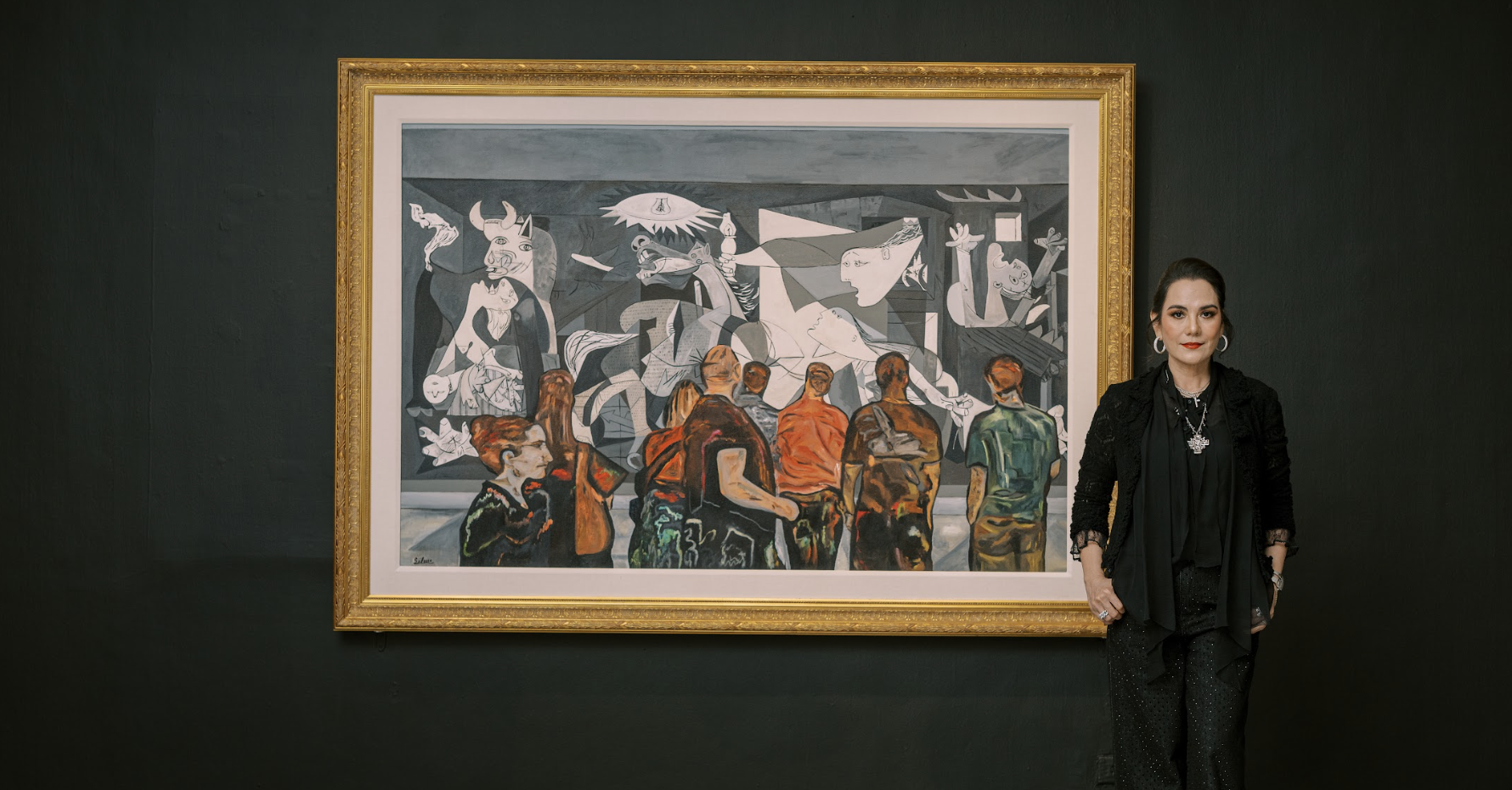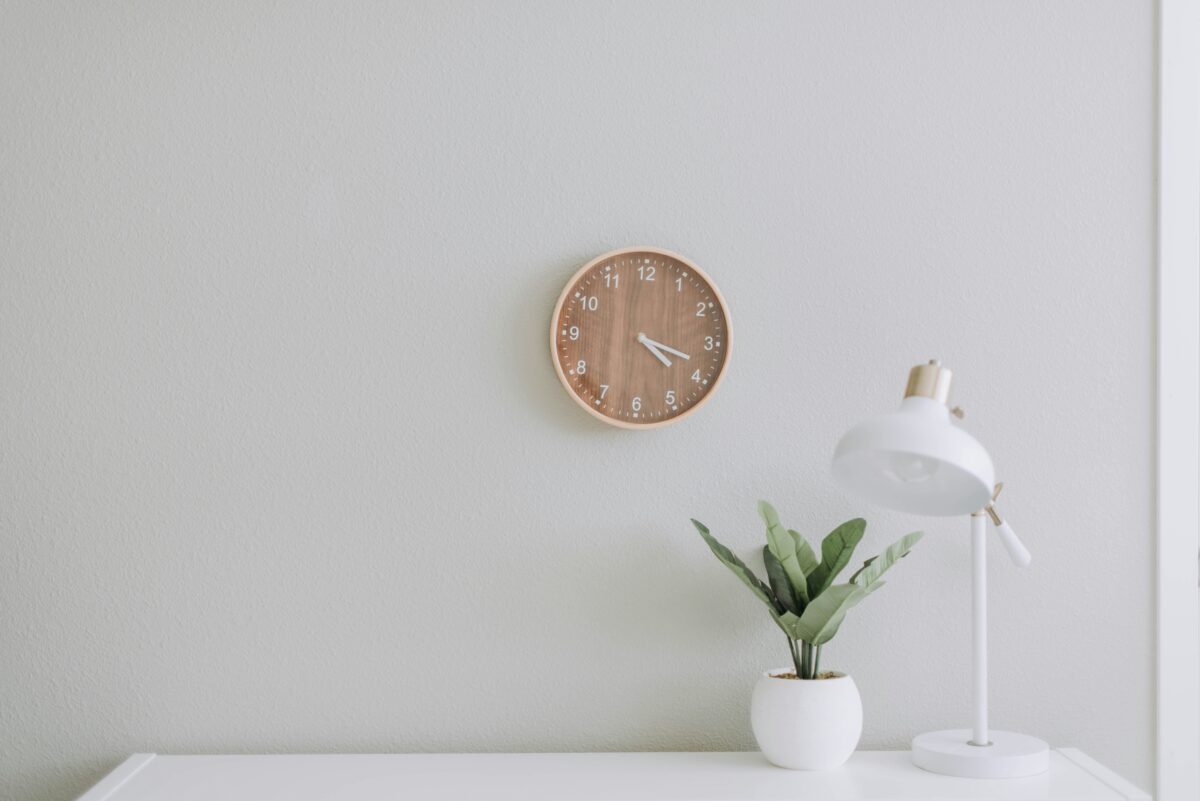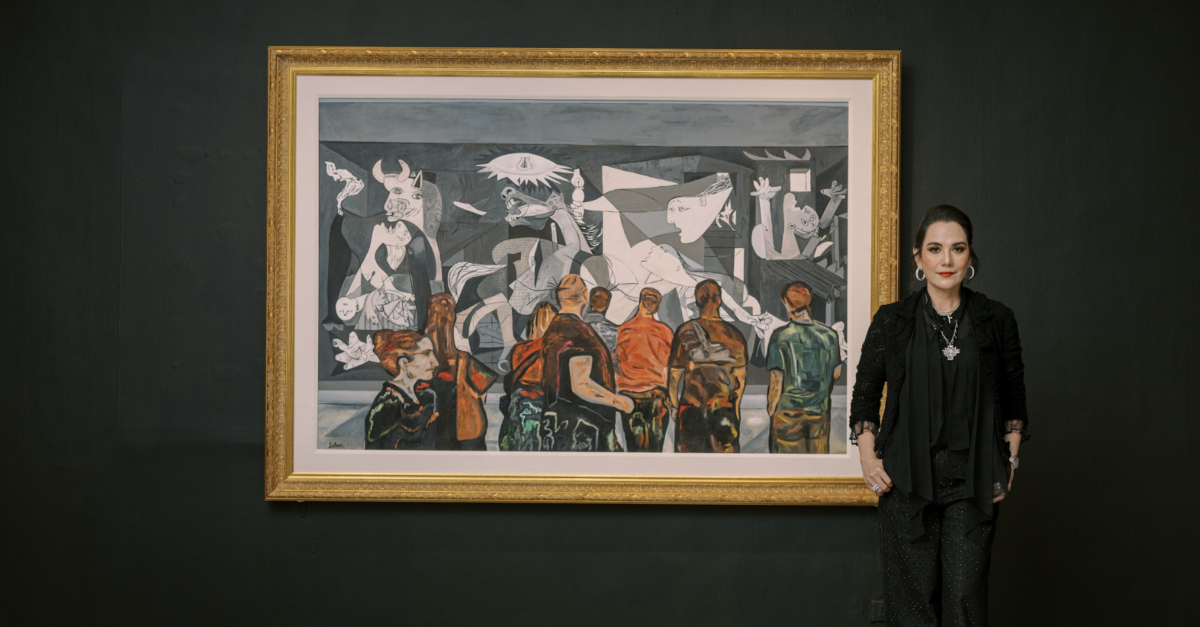I knew it would happen. The day after quarantine regulations were eased a notch, people came “out of hiding” in droves. After two months under strict lockdown, this came as no surprise. The tentative reopening of some places of business was like opening the starting gate at a horse race. And they’re off!
No one seemed to care that the new coronavirus disease (COVID-19) is still very much a part of our living and breathing existence, and that relaxing the rules does not mean that the virus is gone. Please take note.
Except for those who were going back to work or on essential errands, what were these clowns thinking? Although the impatience to get out there and mingle is understandable, these people seemed completely clueless or totally inconsiderate. It is stupid to go out just for kicks and risk being infected, and totally heartless to ignore the danger of carrying the virus to others.
It makes me wonder if there really are people who think the pandemic is a joke, or a hoax, even a conspiracy. I have heard of some who do. It is frustrating how even with reports of over four million cases and more than 300,000 deaths from the virus worldwide, people still refuse to believe the advice of doctors, scientists and experts. Some even claim the restrictions are an assault on their freedoms. Give me a break!
Reentry thoughts
I read somewhere that lockdowns could be lifted or eased only on three conditions: When there is a marked decrease in the number of new cases over a period of two weeks; when there are enough hospitals or health facilities equipped and able to treat them; and when there are capable testing facilities in place.
I am not too sure that the recent changes have followed any kind of protocol. I want to believe that we have met the criteria. I am horrified thinking we may have applied our typical “medyo puwede na” attitude. God forbid!
How does one reenter the workplace and confront the risks of possible infection? How can clients and customers navigate this perilous reentry?
Health experts have listed hygiene, screening, social distancing and masks as pillars of the new normal. All must be complied with. Together. Studies show that if you leave one out, nothing will work.
Masks are now a part of our wardrobe. Daily wiping and disinfecting of surfaces is imperative. This includes tabletops, cell phones, railings, doorknobs, switch plates, elevator buttons, to name a few. The soles of your shoes can be lethal. Don’t take them into your home. Like in my daughter’s school, it would be wise to have indoor and outdoor shoes or slippers.
The COVID-19 virus is transmitted through respiratory droplets. Surgical masks can stop 99 percent of that danger. Homemade masks made from double layers of cotton fabric are not easy to breathe through, but are quite efficient blocking the droplets from people who cough or sneeze anywhere close to us. They say that loud talking generates more droplets than quiet talking. Hence the urgent call for distancing.
We must stay 6 feet away. This makes me sad. I miss hugging.
Memories
I recently heard that we are being encouraged to plant our own vegetables. I suppose that in any major crisis, the supply of food becomes a huge concern.
Allow me to reminisce.
We were into the first year of the war, and it must have been clear to our elders that sources for food would eventually become scarce. I was 10 years old and school was still out. Every afternoon my cousins and I spent time with Doña Lolita Cabarrus, who was determined to do her bit for the war and plant a vegetable garden. She was everybody’s “yoya” and we were her helpers. We shared the backyard as well as the harvest.
Does anyone eat talinum anymore? We had petchay, tomatoes and a trellis with upo and ampalaya. We liked to brag that we had planted all the veggies in “Bahay Kubo.” We got hot and dirty but were rewarded with galletas and cold calamansi juice. Thanks to our little “victory garden” we were well stocked through the war.
Now I am looking for a place to build a planter box behind my casita.
Random share
If you have Netflix, don’t miss “Anne with an E,” a series adapted from “Anne of Green Gables” by Lucy Maud Montgomery. The story is set in Canada in the late 1900s.
Anne is an orphan, strong-willed and with a wild imagination. A spinster and her brother, who were expecting to adopt a boy, adopt Anne. The narrative reveals Anne’s abusive childhood and her search for acceptance. It talks about family, traditions and values, about growing up and falling in love.
The dialogue is powerful. One scene was memorable: There is no electricity in Green Gables. It is evening. Anne and her parents are done with chores and retire to the parlor. Each one has a book. They sit close to one another. Quietly they read, sharing the light of one candle. Family. Together.
It touched me. I cried. Don’t ask me why. Tears come easy these days. Maybe it’s an after-effect of this long lockdown. I don’t know.












































